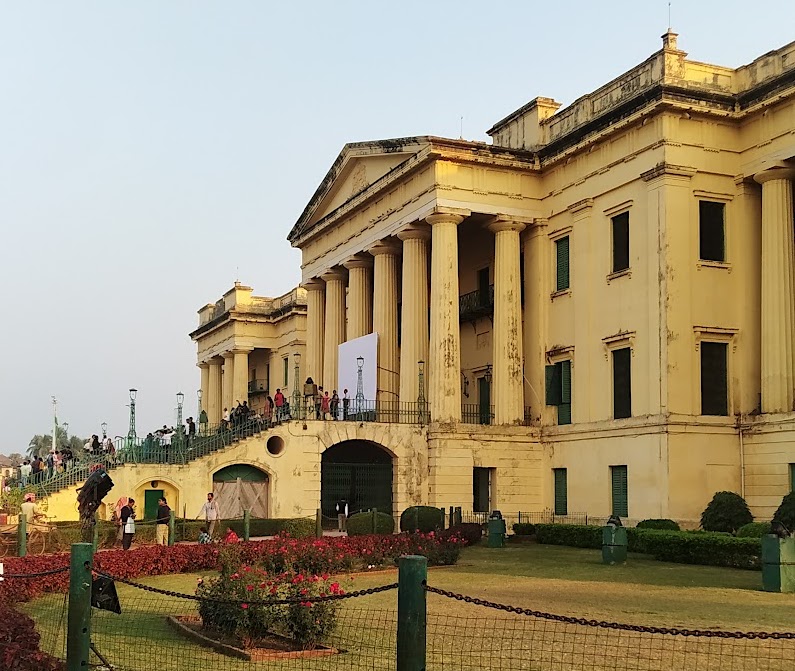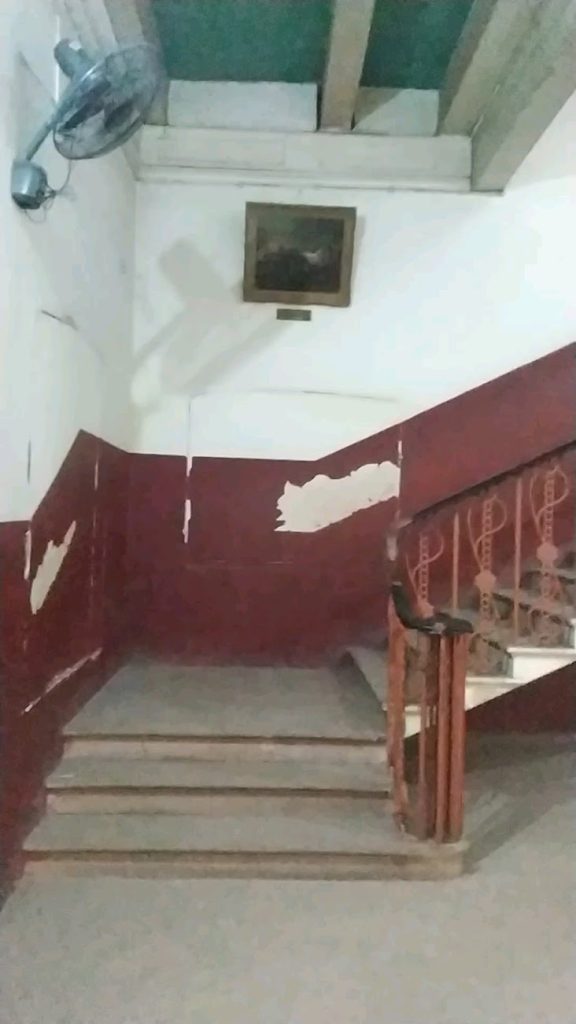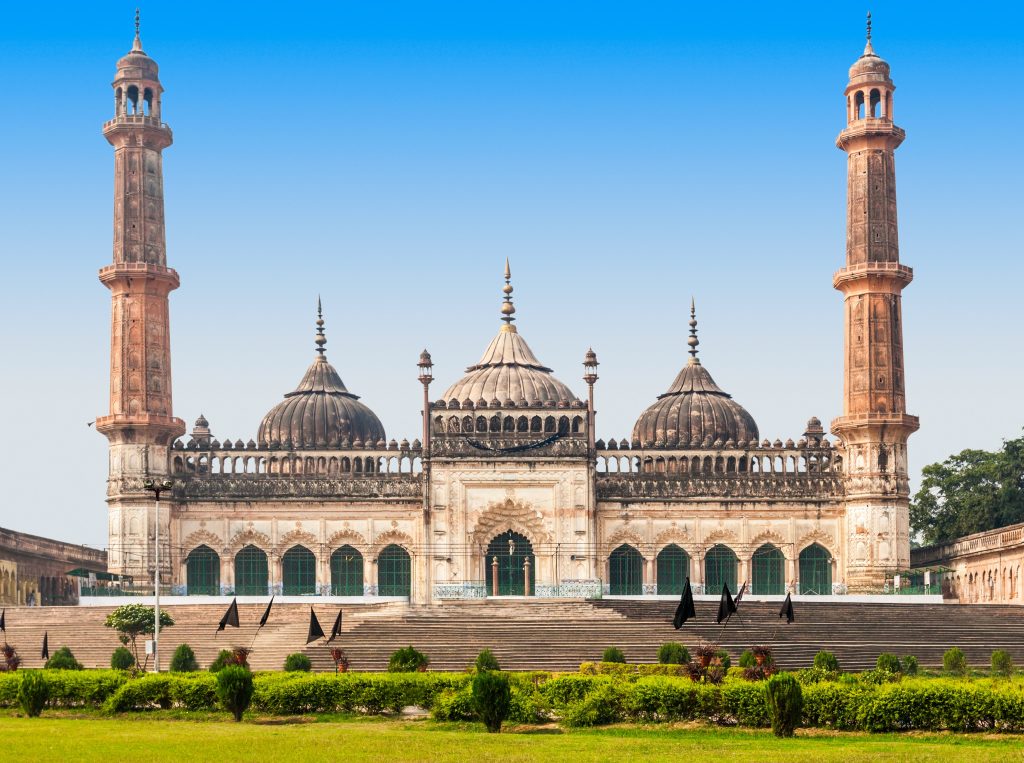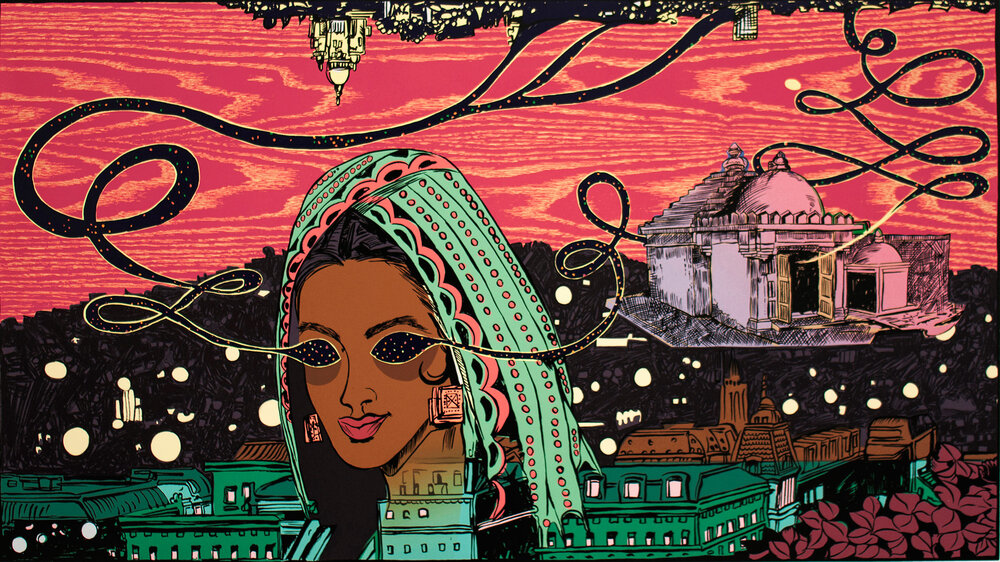My last visit to the Nawab Palace of Murshidabad Hazardwari Palace which is now transformed into a museum, left me disheartened and questioning the notion of “better preservation.” As I observed the peeling wall paint and witnessed the neglect of priceless 17th and 18th-century oil paintings, I couldn’t help but reflect on the lack of common sense when it comes to safeguarding our cultural heritage. It comes under the ASI.
It is indeed common sense that oil paintings should not be exposed to direct sunlight or placed near windows, as harmful UV rays can cause irreversible damage. Yet, the irony lies in the fact that common sense seems to be a rare commodity, often accompanied by education and institutional support. The lack of sensibility towards our rich heritage and culture is a consequence of this neglect.
While India exhibits a vibrant and diverse art community, there is a need for stronger institutional support to nurture and promote heritage, art and contemporary artists.
India, with its rich cultural heritage and diverse artistic traditions, has long been a hub of creative expression. From the intricacies of miniature paintings to the grandeur of sculptures, the artistic talent in the country is crazzy. However, when it comes to art education and the availability of art institutes, there is a glaring disparity. Currently, art institutes are predominantly concentrated in a few major cities, leaving aspiring artists in smaller towns and rural areas with limited access to quality art education. This calls for urgent attention and the need for a widespread network of art institutes throughout the country.
Art is a language of imagination and self-expression that knows no geographical boundaries. It is imperative that opportunities for pursuing art education be made accessible to every corner of India. While cities like Delhi, Mumbai, and Kolkata have established themselves as cultural centres, nurturing artistic talent should not be limited to these urban areas alone. Art institutes need to be established in smaller towns and rural regions, creating a network that caters to the diverse aspirations and creative potential of individuals across the nation. The widespread distribution of art institutes will not only provide access to art education but also contribute to the preservation of regional art forms and cultural traditions. Each state in India boasts its unique artistic legacy, and by establishing art institutes in different regions, we can ensure the continuation of these artistic traditions. It will encourage a sense of pride and belonging among aspiring artists, encouraging them to explore and express their cultural identities through art.
Furthermore, a wider presence of art institutes will address the issue of limited resources and opportunities for artists. Many talented individuals, due to the lack of accessible art education, are unable to pursue their passion or hone their skills. By establishing art institutes in diverse locations, aspiring artists will have the chance to receive a formal education, access resources, and benefit from experienced faculty. This will nurture their talent, facilitate artistic growth, and pave the way for a more inclusive and diverse art community.
A widespread network of art institutes will also promote socio-economic development. It will create employment opportunities for art educators, administrators, and support staff, contributing to the local economy. Additionally, it will encourage tourism and cultural exchange, as art enthusiasts from around the world would have the opportunity to explore the rich artistic heritage of various regions. To achieve this vision of a widespread network of art institutes, concerted efforts are required from educational institutions, government bodies, and private organisations. Financial investments, strategic planning, and collaboration between stakeholders are essential in establishing and supporting art institutes in underserved areas.
Additionally, there is a need for better infrastructure for art institutions and galleries across the country. Many regions outside major cities lack proper exhibition spaces, storage facilities, and conservation facilities. This dearth of infrastructure hampers the organisation of exhibitions, limits the visibility of contemporary art, and restricts the accessibility of art to a wider audience.
Moreover, the absence of comprehensive art education programs in schools and universities further exacerbates the lack of institutional support. Art education plays a vital role in nurturing creativity, developing critical thinking skills, and fostering an appreciation for art from a young age. By integrating art education into the curriculum and providing specialised training for art teachers, institutions can play a vital role in cultivating a new generation of artists and art enthusiasts.
To address these challenges, increased government funding and policies that prioritise the arts are essential. This can be in the form of grants, scholarships, and subsidies to support artists, galleries, and art institutions. Collaborations between the public and private sectors can also help create sustainable models for funding and resource allocation. Overall, strengthening institutional support is crucial for the growth and sustainability of the contemporary art scene in India. By addressing funding, infrastructure, and education gaps, institutions can provide the necessary framework to nurture talent, encourage creativity, and elevate the visibility of Indian contemporary art both nationally and internationally.

Iftikar Ahmed is a New Delhi-based art writer & researcher.







